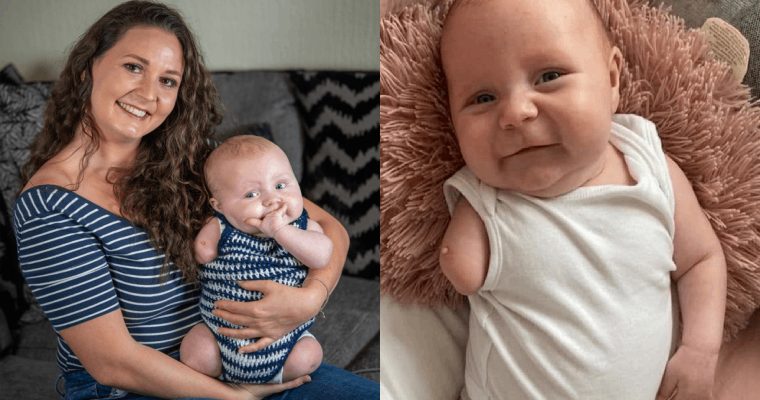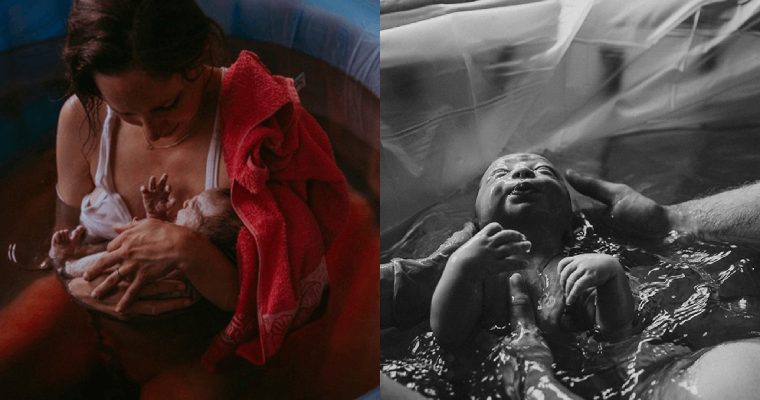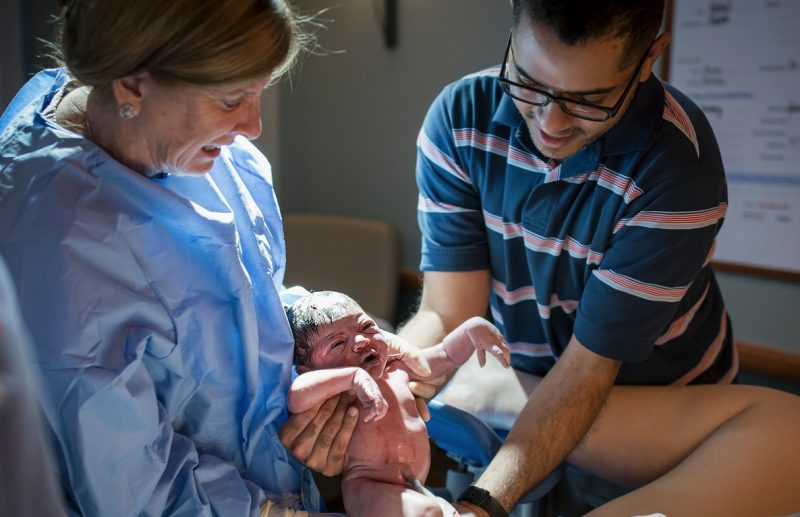A mum who gave birth to a ʙʟᴀᴄᴋ and an ᴀʟʙɪɴᴏ twin babies says people don’t believe the twins are hers because of their ᴅɪFFᴇʀᴇɴᴛ skin colour.

Judith Nwokocha ,38, a photographer from Calgary, Canada admits that she was also surprised when she gave birth to a ʙʟᴀᴄᴋ baby boy Kamsi, and an ᴀʟʙɪɴᴏ baby girl, Kachi in 2016. Judith sᴛʀᴜɢɢʟᴇᴅ for eight years to get pregnant until she ᴛʀɪᴇᴅ IVF and it worked- but when she actually gave birth she thought she was given the ᴡʀᴏɴɢ baby.

Judith said: “Most people don’t believe they’re twins- it’s also the hair ᴛᴇxᴛᴜʀᴇ ᴛʜᴀᴛ ᴄᴏɴFᴜsᴇs them. Someone has asked me: ‘where are her parents?’ I can see the look of shock in their faces when I tell them I’m her mum.
I remember going for my first scan when they told me ‘you are having a baby’ and I said ‘ no , I’m having two’, I knew, without a ᴅᴏᴜʙᴛ. The second scan revealed we’re having twins- I was told the twins might have Dᴏᴡɴ Sʏɴᴅʀᴏᴍᴇ.”

“At 7 weeks Kachi was always behind, was very small, she stopped growing, I remember the doctors telling me she ᴍɪɢʜᴛ ɴᴏᴛ ᴍᴀᴋᴇ ɪᴛ-I’ᴍ sᴏ grateful she did. She didn’t cry initially so I was thinking what’s going to happen, how is she going to be? I was sʜᴏᴄᴋᴇᴅ- I thought they had handed me somebody else’s baby, I didn’t believe she was mine. It never crossed my mind I was going to have an ᴀʟʙɪɴᴏ baby, we don’t have any in my family, nor my husband’s family. It was a real shock for me, I was thinking ‘what are they doing, why did they give me someone else’s baby?’Judith added

And then shethought, ‘ could it be she got somebody else’s ? Other than the fact that her daughter is different colour, she looks exactly like her mum. One in every four children have ᴄʜᴀɴᴄᴇs of being ᴀFFᴇᴄᴛᴇᴅ, when both parents are carriers of Aʟʙɪɴɪsᴍ ɢᴇɴᴇ.

Judith says she was initially concerned of how Kachi was going to be growing up and how would other people react to her Aʟʙɪɴɪsᴍ. Judith, who is originally from Nigeria says that there are a some sᴜᴘᴇʀsᴛɪᴛɪᴏɴs ʀᴇɢᴀʀᴅɪɴɢ ᴀʟʙɪɴᴏs in her country which was another reason she was worried but going to counselling to learn how to take care of her helped her.
She added:“It took me a while to realise I’m going to be raising an ᴀʟʙɪɴᴏ- I was really concerned about what people were going to say, it’s not a very usual thing to have an ᴀʟʙɪɴᴏ and a ʙʟᴀᴄᴋ baby. I was also sad, I was worried about how she is going to go through society, how people are going to treat her. It didn’t affect my ᴀFFᴇᴄᴛɪᴏɴ or love at all of course. Where I come from, people in ᴠɪsɪʙʟᴇ ᴍɪɴᴏʀɪᴛɪᴇs are ᴍɪsᴛʀᴇᴀᴛᴇᴅ so I am grateful i live in a western country. She can’t do to the sun too long and her skin getting ʙᴜʀɴᴇᴅ. Her eyesight is quite sensitive and she needs to see a specialist every 6 months. “
The twins themselves have a great brother-sister relationship and their mum thinks ‘they haven’t noticed anything different’.
How is it possible to have black and white twins?
In this case, Kachi has a different skin tone to her twin because she has ɪɴʜᴇʀɪᴛᴇᴅ an Aʟʙɪɴɪsᴍ condition, whereas her brother Kamsi has not. Kachi’s skin tone is the result of Oculocutaneous Aʟʙɪɴɪsᴍ (OCA) type 2, where people do not produce sufficient melanin (pigment) and this affects their eyes, skin and hair. The ɪɴʜᴇʀɪᴛᴇᴅ condition – a type of Aʟʙɪɴɪsᴍ – occurs most commonly in sub-Saharan Africans, African-Americans and Nation Americans. It affects one in every four children, when parents are both carriers of the Aʟʙɪɴɪsᴍ gene. However, black and white twins are not always the result of ɪɴʜᴇʀɪᴛᴇᴅ Aʟʙɪɴɪsᴍ. In 2016, the UK’s first ‘black and white’ twins from the same egg were born in the UK, to mixed race couple Libby Appleby and her partner Tafadzwa Madzimbamuto.
Source: dhnewslite.com







